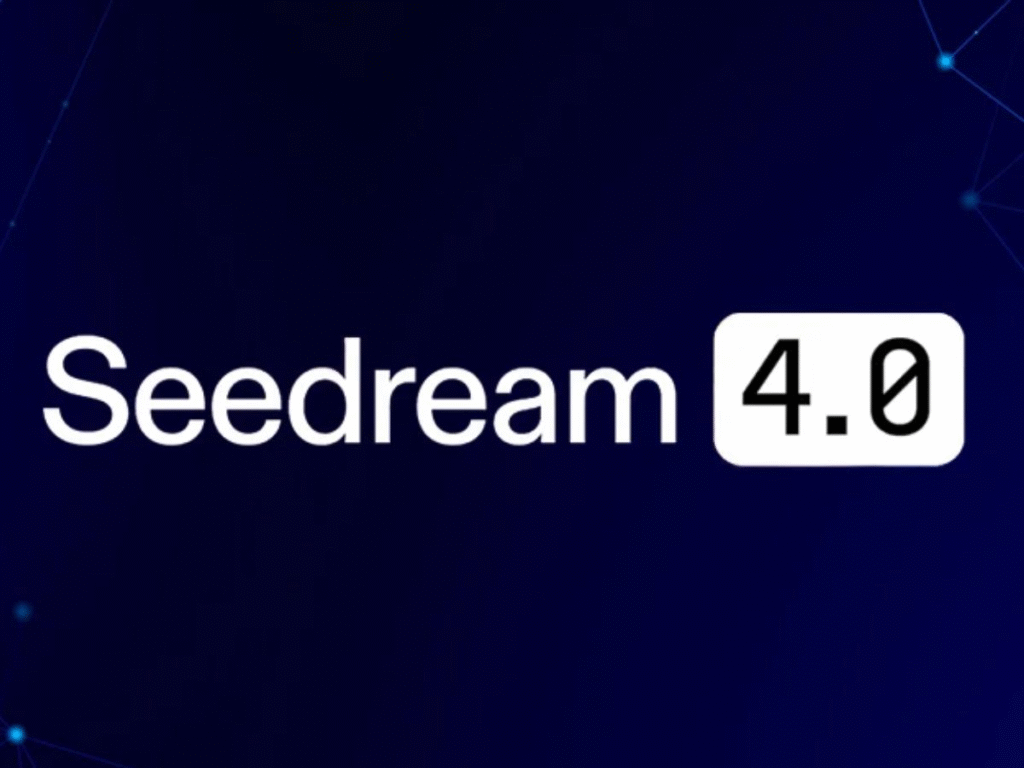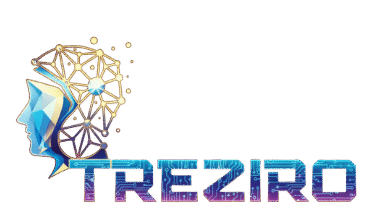Seedream vs Google Nano Banana: Which AI Tool is for You?
The competition between Seedream 4.0 and Google Nano Banana is more than just a software rivalry; it’s a clash of creative philosophies. As AI image generation tools blur the lines between art and technology, these platforms are emerging as catalysts for the next wave of creative expression. The choice isn’t just about which software to use, but which approach to creation will best power your imagination.
This comparison explores the core strengths of each platform. We will look at their unique features to help you decide which one can best shape your artistic journey and elevate your creative work.
Exploring Google Nano Banana’s Core Features
Google Nano Banana is built on simplicity and accessibility. It makes AI-driven creation feel intuitive for artists at any skill level. The platform’s philosophy focuses on liberating creativity, transforming complex AI workflows into a playground for the imagination. Users can produce stunning visuals with minimal effort.
Imagine a tool that takes your ideas and quickly turns them into high-quality images. That’s Nano Banana. It’s designed not just for today’s creators but for the tech-driven artists of tomorrow. By making text-to-image workflows easy to grasp, it opens up AI artistry to everyone.
FAQ: What is the main strength of Google Nano Banana?
Its primary strength lies in its user-friendly interface, speed, and ability to generate high-quality images effortlessly. This makes creativity accessible without sacrificing aesthetic quality.

A Closer Look at Seedream 4.0’s Features
Seedream 4.0 is designed for those who seek mastery over simplicity. It is a creative arena where precision meets artistry. Seedream invites you to move beyond basic image generation, empowering you to sculpt, refine, and breathe life into every creation. Think of it as a digital canvas for visionary artists, where you control every pixel.
Whether you’re designing for professional portfolios, creating concept art, or working on commercial projects, Seedream 4.0 is built for demanding users. It offers ultimate control, deep customization, and pinpoint precision. Its robust feature set provides the tools to transform your potential into visual poetry.
FAQ: Who is the target audience for Seedream 4.0?
Seedream 4.0 is tailored for professional artists, designers, and advanced users who require full control and sophisticated capabilities from their AI image generation tools.
Performance and Benchmarks: A Tale of Two Platforms
While speed is impressive, true artistry often requires depth and nuance. Seedream 4.0 benchmarks show that the platform doesn’t just generate images—it crafts them with photorealistic quality. Each creation is a testament to meticulous design, balancing technical precision with aesthetic excellence.
Where Google Nano Banana excels in efficiency, Seedream 4.0 offers a slower, more deliberate path to mastery. It’s the difference between a quick sketch and a hand-painted masterpiece. With its step1x-edit tool, users can make detailed, layer-based adjustments, refining every detail to ensure each image is as polished as a professional artwork.
FAQ: What is step1x-edit?
Step1x-edit is Seedream 4.0’s integrated editing tool. It enables detailed, layer-based adjustments, giving creators unprecedented control over their AI-generated images.

Which Future Will You Choose?
Choosing between Seedream 4.0 and Google Nano Banana comes down to your creative priorities.
If you value speed, ease of use, and quick access to high-quality visuals, Google Nano Banana is an excellent choice. It makes text-to-image workflows accessible to anyone, from hobbyists to aspiring professionals.
However, if you demand ultimate control, maximum customization, and the highest possible output quality, Seedream 4.0 is the clear frontrunner. Its extensive features, impressive benchmarks, and step1x-edit tool provide a complete ecosystem for demanding projects. Every element, from workflow to final output, prioritizes precision, enabling creators to push the boundaries of AI artistry.
Both platforms represent incredible technological achievements. Their ongoing competition will continue to drive innovation in AI image generation, elevating the quality and refining the workflows for creators everywhere. The digital canvas is expanding, and these tools are leading the charge. The question is not just which tool you will use, but which vision of creativity you will embrace.
